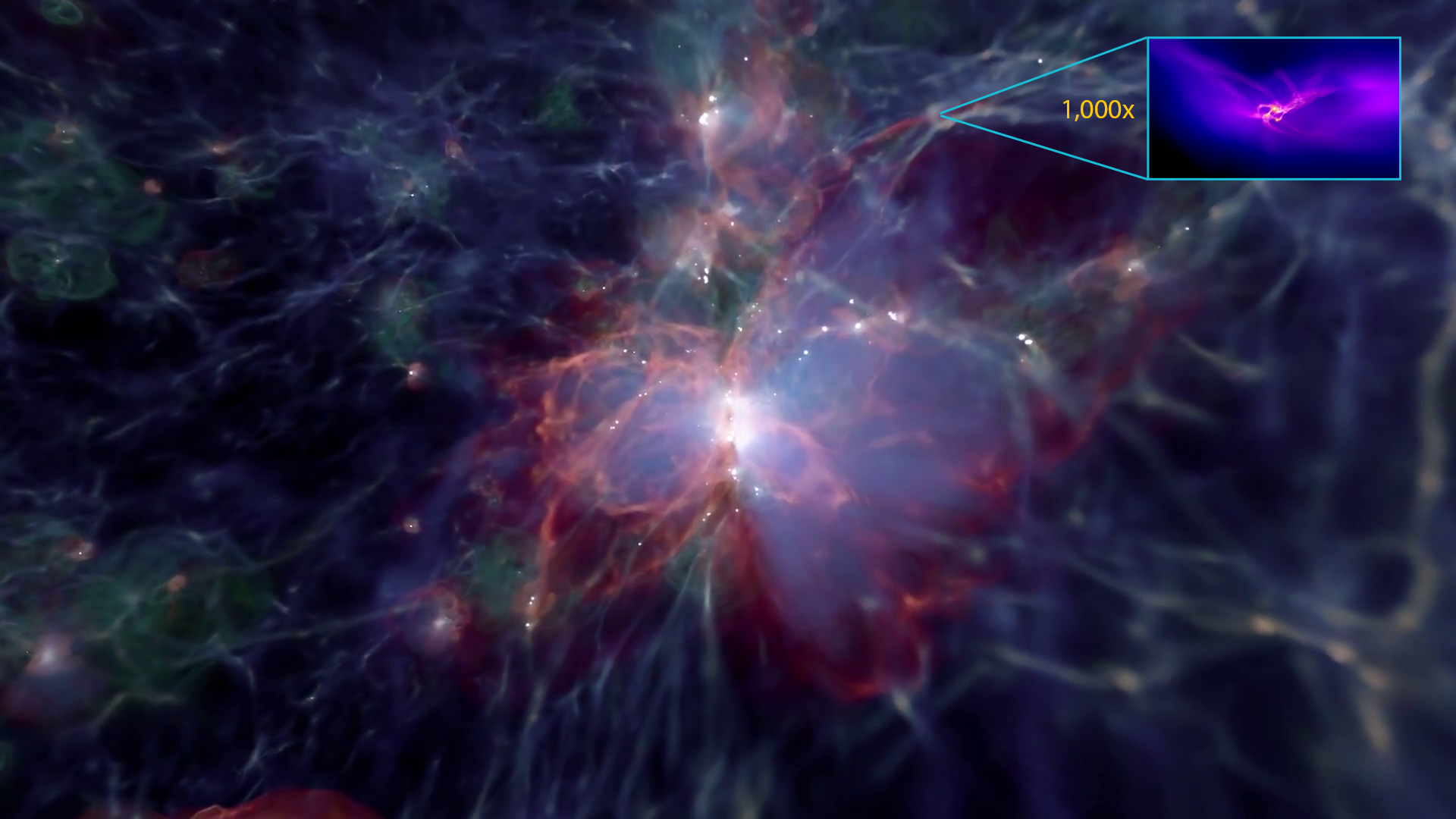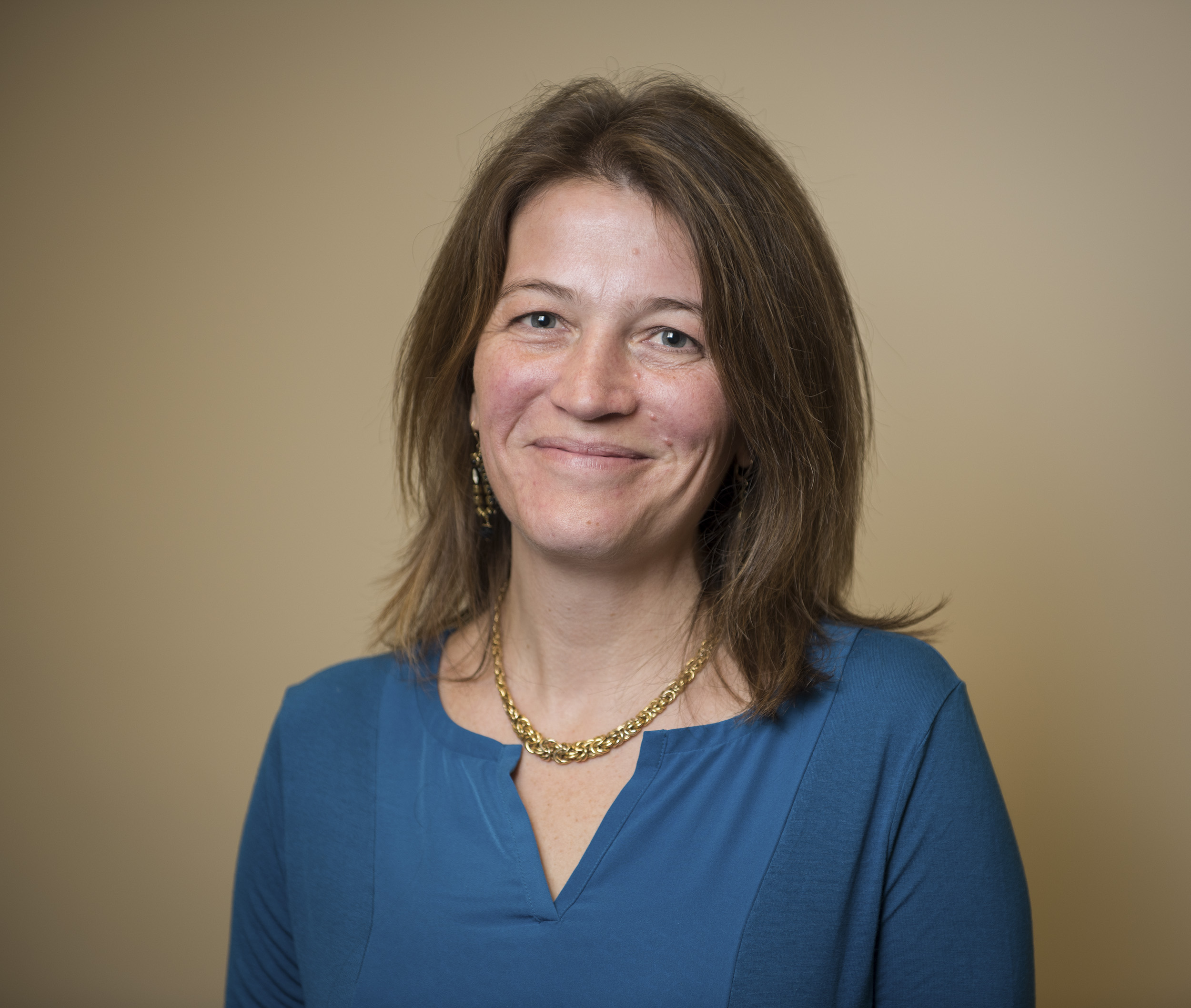The College of Sciences is pleased to announce the appointment of John Wise as the new director of the Center for Relativistic Astrophysics (CRA) at Georgia Tech.
Wise is a professor in the School of Physics and an award-winning creator of supercomputer-driven visualizations that depict the beginnings of galaxies.
“It is with great pleasure that I welcome John Wise as director,” said Laura Cadonati, professor in the School of Physics and associate dean for Research in the College of Sciences. “Astrophysics is a rapidly advancing field, and the CRA under Wise's leadership will continue to be at the forefront of discovery. With his extensive experience in funding and collaborations, Wise will bring a new level of innovation and integration to the already robust portfolio of multi-messenger and multi-disciplinary astrophysics research of the CRA. The College of Sciences looks forward to the advancements that will be made under Wise's direction.”
“I’m very excited to lead the CRA as director in the upcoming years,” Wise added. “I want to thank Dean Susan Lozier and Professor Laura Cadonati for entrusting me with this leadership role. Also, my thanks to Professor David Ballantyne for serving as interim CRA director. Alongside CRA Associate Director Tamara Bogdanović, we hope to lead the Center to new heights in machine learning and space sciences.”
Wise steps into the role following Ballantyne’s service as interim director since 2021. Prior to that, Cadonati served as director of the CRA alongside Bogdanović, who was appointed associate director in August 2020.
About the Center for Relativistic Astrophysics
Whether it’s concerning the large scale structure of the early universe, or the interactions between its smallest particles, CRA researchers are engaged in the latest developments and transformative research in astrophysics.
Scientists are currently working on research involving black holes millions of light-years from Earth, as well as stars and exoplanets closer to home in the Milky Way. The CRA’s strengths are multi-messenger astrophysics — which combines information from neutrinos, photons and gravitational waves — and computational astrophysics.
CRA researchers are active participants in major international collaborations, involved in operations and development of existing and future detectors. Those include the IceCube Neutrino Observatory in Antarctica — where the CRA’s Ignacio Taboada, professor in the School of Physics, serves as spokesperson — and the Laser Interferometer Gravitational Wave Observatory (LIGO). Several physicists from Georgia Tech and the CRA, including Cadonati and Assistant Professor Surabhi Sachdev, work alongside researchers worldwide as part of their LIGO Scientific Collaboration in the search for gravitational waves resulting from a collision of black holes or neutron stars, including the discovery that won three key LIGO scientists the 2017 Nobel Prize in Physics.
The CRA also works with the Laser Interferometer Space Antenna (LISA) gravitational wave observatory, X-ray observatories NuSTAR and Athena, gamma-ray detectors VERITAS and CTA, and the Event Horizon Telescope (EHT), a planet-scale array of eight ground-based radio telescopes which in 2022 captured the first image of a supermassive black hole at the center of the Milky Way galaxy. School of Physics Professor and Chair Feryal Özel, along with Professor Dimitrios Psaltis, are EHT founding members. Özel served on the EHT’s Science Council and Psaltis is the collaboration’s initial project scientist.
Wise said he and Bogdanović hope to establish new connections for the CRA, and to invigorate existing connections to other schools and colleges at Georgia Tech. “I look forward to strengthening our efforts in multi-messenger astrophysics by seeking out new funding opportunities,” Wise said. “This will enable us to push the boundary of our knowledge in the cosmos, all while training the next generation of astrophysicists in a welcoming and inclusive environment.”
Meet John Wise
Wise’s experience includes working with supercomputer-powered simulations of astrophysical phenomena such as the creation of black holes and stars. In 2017, he won the Best Scientific Visualization Award at the Supercomputing Conference, one of the largest international conferences for high-performance computing. Wise’s effort depicted the creation of the first galaxies in the universe. Wise has also testified before Congress on the role supercomputing plays in research.
Wise received his B.S. in Physics from Georgia Tech. He received his Ph.D. in Physics from Stanford University. Wise joined Georgia Tech in 2011 after serving as a postdoctoral fellow at NASA’s Goddard Space Flight Center and Princeton University. He is the recipient of the Hesburgh Award Teaching Fellowship, the Eric R. Immel Award for Excellence in Teaching in the College of Sciences, and the Dunn Family Professorship at Georgia Tech.
Learn more about Wise’s research:
ScienceMatters Podcast Season 1, Episode 5: Visualizing the Birth of Galaxie
Cosmology and Exoplanets Rise to Nobel Heights
Searching for Black Holes Born with Galaxies
Birth of Massive Black Holes in the Early Universe Revealed
About Georgia Tech
The Georgia Institute of Technology, or Georgia Tech, is a top 10 public research university developing leaders who advance technology and improve the human condition. The Institute offers business, computing, design, engineering, liberal arts, and sciences degrees. Its nearly 44,000 students representing 50 states and 149 countries, study at the main campus in Atlanta, at campuses in France and China, and through distance and online learning. As a leading technological university, Georgia Tech is an engine of economic development for Georgia, the Southeast, and the nation, conducting more than $1 billion in research annually for government, industry, and society.
For More Information Contact
Writer and Media Contact:
Renay San Miguel
Communications Officer II/Science Writer
College of Sciences
404-894-5209





